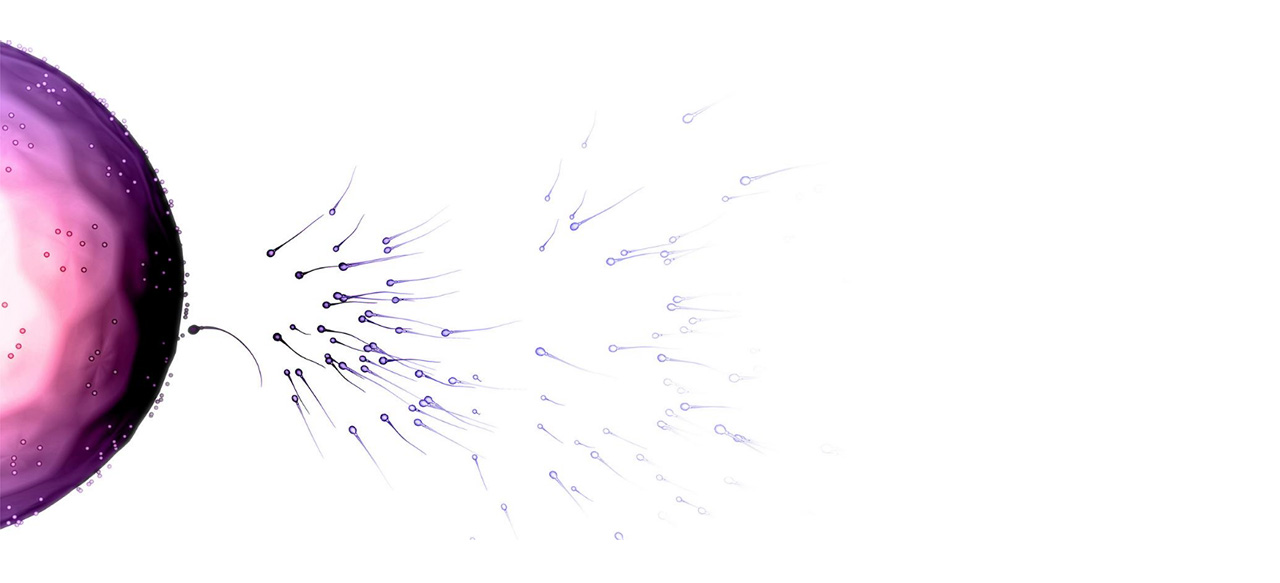Development of and Recovery from Secondary Hypogonadism in Aging Men: Prospective Results from the EMAS.
Librarian's Comment : Late-onset hypogonadism as defined by subnormal serum testosterone levels associated with sexual symptoms represents a major issue in healthcare of ageing men. However, the multi-causal origin of symptoms and the impact of comorbidities such as obesity hamper the diagnostic work-up of men with low testosterone. In this context, the consortium of 'The European Male Ageing Study (EMAS)' dissected development and/or resolution of biochemical hypogonadism. Longitudinal data in their observational cohort of older men from the general population highlight the role of obesity and weight gain as the most important predictors for developing of secondary hypogonadism. Incident secondary hypogonadism is associated with appearance or worsening of sexual symptoms only, confirming their role as clinical markers of androgen deficiency. Moreover, recovery from secondary hypogonadism was predicted by non-obesity, weight loss, normal waist circumference, younger age, and higher education, but symptoms did not show significant concurrent improvement.
Published in :
The Journal of clinical endocrinology and metabolism
Authors :
Rastrelli G, Carter EL, Ahern T, Finn JD, Antonio L, O'Neill TW, Bartfai G, Casanueva FF, Forti G, Keevil B, Maggi M, Giwercman A, Han TS, Huhtaniemi IT, Kula K, Lean ME, Pendleton N, Punab M, Vanderschueren D, Wu FC, EMAS Study Group.
Abstract :
CONTEXT: Secondary hypogonadism is common in aging men; its natural history and predisposing factors are unclear.
OBJECTIVES: The objectives were 1) to identify factors that predispose eugonadal men (T = 10.5 nmol/L) to develop biochemical secondary hypogonadism (T < 10.5 nmol/L; LH = 9.4 U/L) and secondary hypogonadal men to recover to eugonadism; and 2) to characterize clinical features associated with these transitions.
DESIGN: The study was designed as a prospective observational general population cohort survey.
SETTING: The setting was clinical research centers.
PARTICIPANTS: The participants were 3369 community-dwelling men aged 40-79 years in eight European centers.
INTERVENTION: Interventions included observational follow-up of 4.3 years.
MAIN OUTCOME MEASURE: Subjects were categorized according to change/no change in biochemical gonadal status during follow-up as follows: persistent eugonadal (n = 1909), incident secondary hypogonadal (n = 140), persistent secondary hypogonadal (n = 123), and recovered from secondary hypogonadism to eugonadism (n = 96). Baseline predictors and changes in clinical features associated with incident secondary hypogonadism and recovery from secondary hypogonadism were analyzed by regression models.
RESULTS: The incidence of secondary hypogonadism was 155.9/10 000/year, whereas 42.9% of men with secondary hypogonadism recovered to eugonadism. Incident secondary hypogonadism was predicted by obesity (body mass index = 30 kg/m(2); odds ratio [OR] = 2.86 [95% confidence interval, 1.67; 4.90]; P < .0001), weight gain (OR = 1.79 [1.15; 2.80]; P = .011), and increased waist circumference (OR = 1.73 [1.07; 2.81], P = .026; and OR = 2.64 [1.66; 4.21], P < .0001, for waist circumference 94-102 and =102 cm, respectively). Incident secondary hypogonadal men experienced new/worsening sexual symptoms (low libido, erectile dysfunction, and infrequent spontaneous erections). Recovery from secondary hypogonadism was predicted by nonobesity (OR = 2.28 [1.21; 4.31]; P = .011), weight loss (OR = 2.24 [1.04; 4.85]; P = .042), normal waist circumference (OR = 1.93 [1.01; 3.70]; P = .048), younger age (< 60 y; OR = 2.32 [1.12; 4.82]; P = .024), and higher education (OR = 2.11 [1.05; 4.26]; P = .037), but symptoms did not show significant concurrent improvement.
CONCLUSION: Obesity-related metabolic and lifestyle factors predispose older men to the development of secondary hypogonadism, which is frequently reversible with weight loss.









